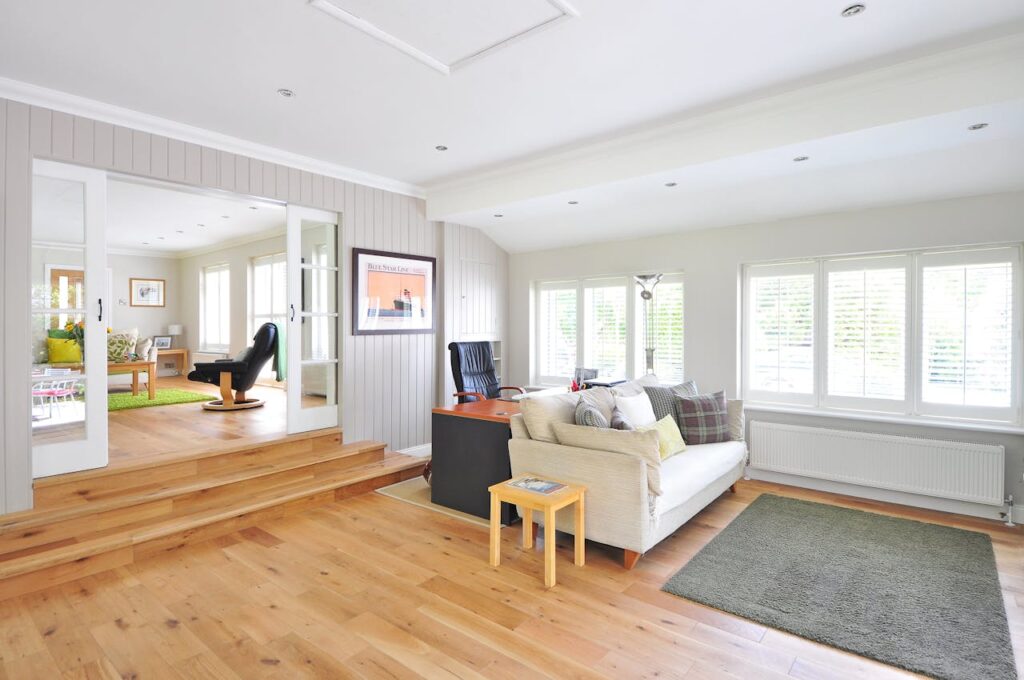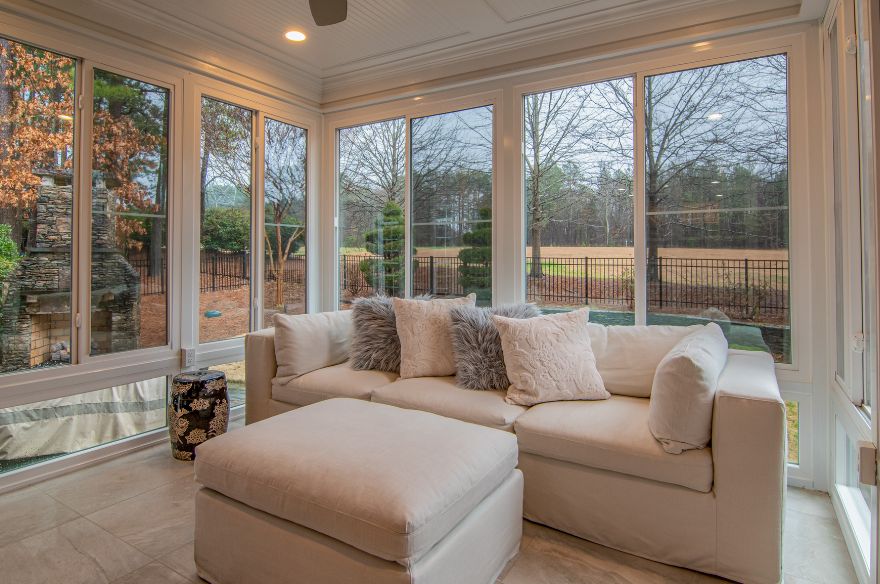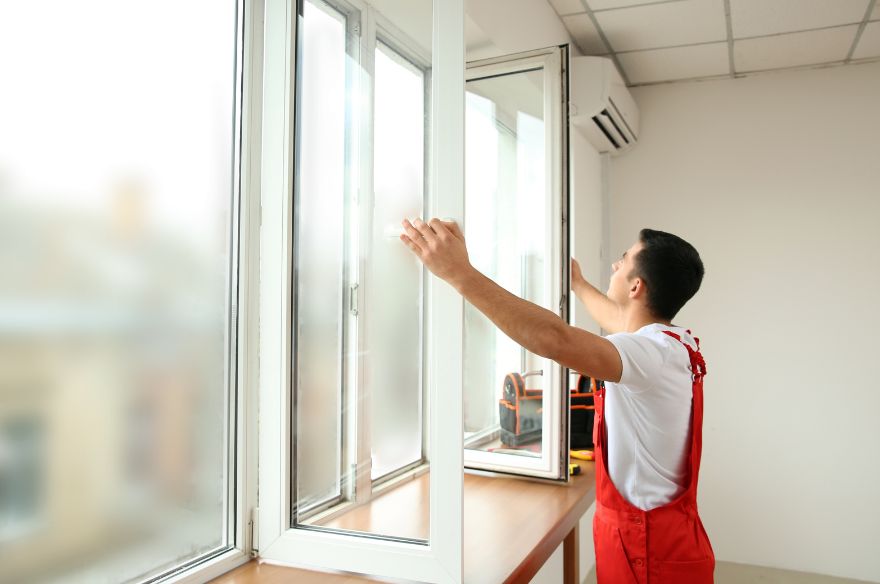Windows and doors aren’t eternal. Like any other part of a house or apartment, they have a lifespan, and over time they lose key functions — insulation, stability, and comfort. Many homeowners wonder: when is it truly the right time to replace them, and when is a simple repair enough?
This guide provides practical tips to assess the condition of your windows and make the best decision for your home and budget.
How Long Do Windows and Doors Last?
The average lifespan depends on the material, quality of manufacture, and maintenance:
- PVC windows – around 25–30 years if made from quality profiles and regularly maintained. Cheaper PVC systems may start losing functionality after 15–20 years.
- Aluminum windows – on average 30–40 years, especially those with thermal breaks. Aluminum is extremely durable, though hardware and seals require maintenance.
If your windows are over 20 years old, it’s likely time to start considering replacement.
Signs That Your Windows Are Worn Out
- Condensation and mold – frequent condensation on the glass and mold around the frame indicate insufficient insulation. Even if the seals are good, older double-glass units are not built to modern standards and allow significant heat loss.
- Drafts and cold spots – feeling drafts even when windows are closed or colder walls in certain areas indicates reduced comfort and, in homes with individual heating, higher energy bills.
- Difficulty opening and closing – warped frames or worn-out hardware make operation harder. Visible damage like cracked PVC, faded or warped frames, splits in wood, or deteriorating seals also signals the need for replacement.
- Outdated glass – older double glazing without low-emission coatings loses much more heat compared to modern triple-pane units, which can directly affect heating costs in homes with metered systems.
When Replacement Isn’t Urgent
Immediate replacement isn’t always necessary. If windows are functional and the issue is purely aesthetic, if hardware is loose but adjustable, or if seals are worn but replaceable, repairs may suffice. Similarly, if a larger renovation is planned in the near future, it may be more cost-effective to wait and complete all work at once.
In short, localized issues that don’t affect basic functionality can often be fixed. But if frames are warped, glass units are outdated, or problems with moisture and drafts are recurring, replacement is the only real solution.
Conclusion
Windows aren’t replaced every year — they’re a long-term investment. However, if your old windows negatively impact daily life through moisture, drafts, noise, or high bills, it’s time to act. New windows improve your home’s appearance, create a quieter and healthier environment, reduce mold risk, and often save energy. The right time to replace your windows is when they no longer provide the warmth, security, and comfort they should.



